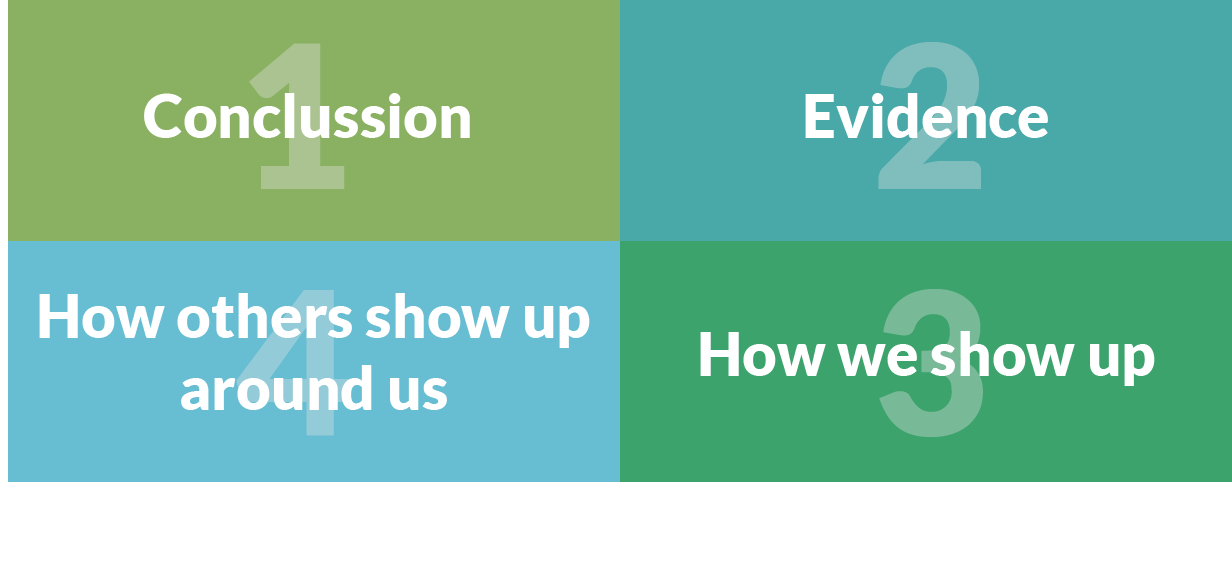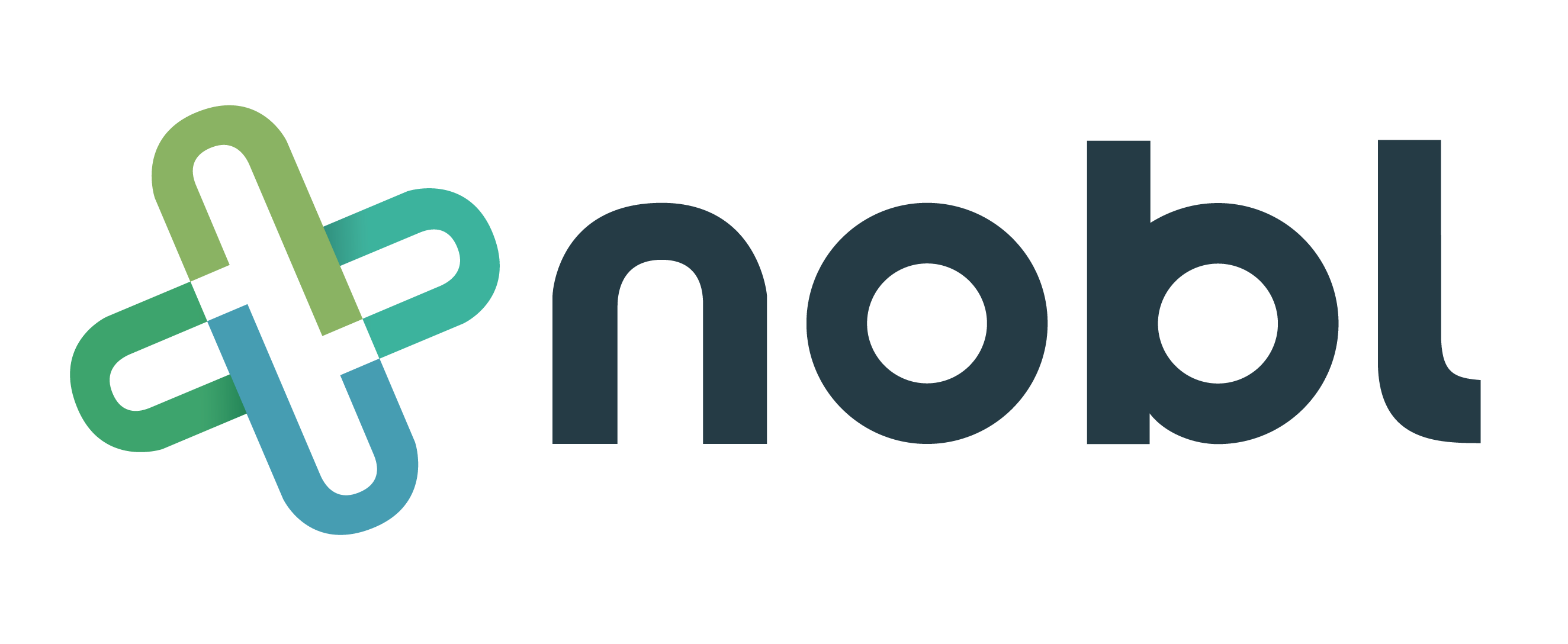
4 min read
Employee Rounding - How it Relates to Biscuits!
Nobl Health Jun 10, 2020 4:44:00 AM
Providing routine, meaningful touchpoints with employees through rounding can result in higher employee satisfaction and retention, but only if the structures, processes, and outcomes of rounding efforts are well-defined and monitored. Conducting “howdy” rounds that don’t explore core problems or respond to key issues can be more detrimental than helpful.
But how does all this relate to biscuits? A “biscuit story” related to patient satisfaction with dietary services makes sense, but biscuits and employee rounding, not so much!
The Biscuit Story
The “Biscuit Story” has its origins decades ago when, as newlyweds, my husband and I had our first “real” fight. I can’t recall what the fight was even about, but I will never forget my husband’s words as he shouted “If I ever have to trip over your shoes again or eat another dry biscuit, it will be too soon!” I was devastated. Growing up on a Nebraska farm, home cooking was the norm with warm buttery biscuits one of the family favorites and a sign of love and support. I had been making homemade biscuits as a “treat” for my new husband, not realizing that he hated biscuits, even buttery, homemade ones. I had assumed that biscuits had the same meaning to him and had expected him to appreciate the effort and love that went into them. That was my first authentic lesson about assumptions and expectations, and I have used that lesson ever since to grow within relationships, at home and at work. To be fair, he was right about the shoes, and I still work diligently to put them away.

Assumptions and Expectations
None of us should take this concept of “assumptions and expectations” for granted. How often do leaders assume that they know what is best for their employees or what questions should be asked during rounding? In my experience, more employee relations issues result from assumed or missed expectations than from any other cause. Open two-way dialogue around what is expected from each caregiver or employee is the only way to assure that what leaders are thinking and saying is the same thing that employees are hearing and understanding. Over the years, my belief in the importance of this dialogue has grown. In 2005, I copyrighted a leadership philosophy entitled The Anderson CLEAR Model©. The model has the following components – Communication, Leadership Presence, Expectations, Accountability, and Respect/Recognition. By following these five steps, all relationships can be enhanced. Each dyad defines how and how often they wish to communicate; how much leadership or guidance is needed or accepted; expectations from each party; the best ways to be accountable for those expectations; and what makes each feel respected and recognized for their actions. Going through this “checklist” does not eliminate all assumptions or unmet expectations but it alleviates many of the most significant ones. It helped me guide my children through their teens and has kept my marriage strong for 34 years. I am going to celebrate my wedding anniversary with a shopping spree at DSW and a side order of biscuits at Cracker Barrel!
Collecting Evidence that Supports Biases
Each of us has a unique set of biases. They are formed by our development, socialization, education, and observations. These biases form the “lens” through which we observe and make decisions about the world around us. Everyone should be aware of a few common types of bias.
-
Confirmation bias is the tendency to interpret new evidence as confirmation of one's existing beliefs or theories.
-
Groupthink and the bandwagon effect are cognitive biases that make us believe something because other people believe it.
-
Anchoring bias happens when individuals use an initial piece of information to make subsequent judgments.
-
Selection bias occurs when individuals, groups or data are analyzed in such a way that the sample obtained is not representative of the intended population.
-
Observer expectancy bias is the tendency to see what we expect to see, or what we want to see.
Despite their negative connotations, biases are not all bad. Without a frame of reference, decision-making can be exceedingly difficult. A “moral compass” or organization “mission, vision, and values” both point to positive expectation biases. These accepted beliefs guide decisions by all employees to ensure a high level of care is provided, employees treat each other with courtesy, and the organization practices ethically.
Over a decade ago, I had the opportunity to participate in a series of life coaching courses offered by the Academy for Coaching Excellence. Dr Maria Nemeth presented The Four Box Model1 as a process used to create life experiences. This model illustrates how bias can move rapidly to conclusions, and how individuals may rush to collect the evidence to support conclusions, which ultimately affects the interaction and relationship.

A critical first step toward employee rounding is for every leader to understand the types of bias, acknowledge their own biases, and guard against acting on bias and conclusions before they analyze the full data set. This challenges leaders to be open to a new analysis approach.
“Exchanging Papers” – A New Approach to Employee Rounding Results
When I was in elementary school, teachers often asked us to “exchange papers” before we were given the answers to brief quizzes or tests. I imagine they did this primarily to get the papers corrected quickly, but also to assure that students did not change their answers to get a better grade. This practice motivated me because I did not want my peers to see me make a mistake.
Nobl Employee provides every leader with their own personal Stoplight Report to categorize, monitor and report on the concerns or issues raised by their employees. Imagine an employee rounding analysis process that required every leader to share their stoplight report with a peer once a month.
Do you think the resolution of issues would be changed?
Would the “uncategorized” list become shorter or the resolved issues longer?
Would the accountability to explain selected categories with a peer provide the motivation to try a little harder?
By starting with this stoplight report exchange, organizations can increase leader comfort with self-reflection and the ability to acknowledge personal biases. It also promotes best practice sharing and the formation of strong bonds between peers. An added benefit is leader “cross training.” When more than one leader understands unit or department level issues or concerns, it empowers an alternate leader to seamlessly provide guidance or resolution to employees if the assigned leader is away from work for planned vacations or unexpected absences. Over time, peer analysis can be replaced with group analysis by service line or levels of leadership. Ultimately, all employees will see more accountability from their leaders (closing the loop), and perhaps be motivated to explore more solutions than criticism of barriers within the work environment.
Summary
When I came to Nobl three years ago, the Employee platform intrigued me. Imagining the multiple ways that this platform, alone or in tandem with Hourly and Leader, could impact the overall work environment was exciting. I remember a brainstorming session at which we listed all the technology use cases to support, monitor or improve interaction between employees and leaders. Today, those use cases are a reality and are being used by Nobl clients across the country. I continue to be excited, and I’m ready to go back to the white board with organization leaders to brainstorm more ways to use this technology.
Written by Teresa Anderson, EdD,MSN, NE-BC, Nobl CNO
1 Nemeth, M. (2007). Mastering Life’s Energies. Novato, CA: New World Library, p. 103.
New Free eBook
Best Practices for Sharing and Reviewing Data from the Nobl Rounding Platform
Beryl Institute Case study
Improved First Impressions at Your Front Door - Patient Ambassador Rounders Enhance the Patient Experience of a Busy Emergency Department
Recent Posts

Five Key Factors to Consider in Pediatric Leadership Rounding



